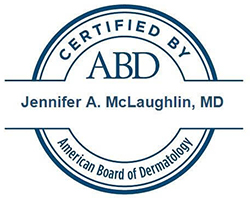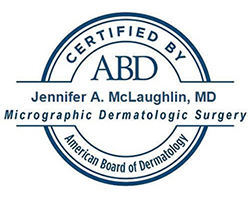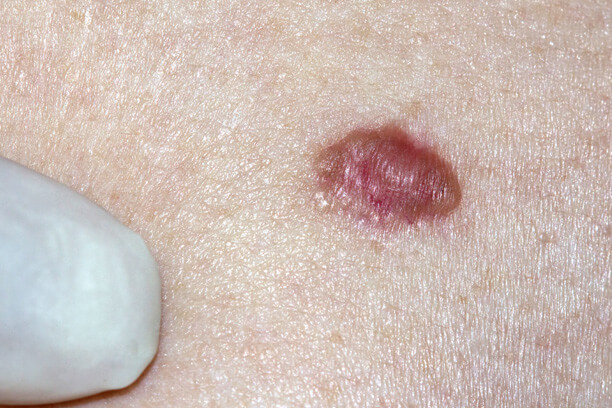
Basal cell carcinoma
Skin cancers are most commonly basal cell carcinomas, which tend to grow slowly and rarely spread to other areas. They still need to be removed, though, because given enough time, they may grow deep enough to damage nerves, blood vessels and even bones.
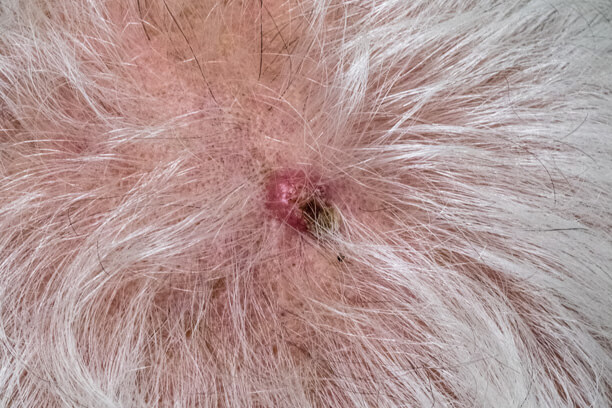
Squamous cell carcinoma
This type of skin cancer is highly treatable when diagnosed early and may require surgical removal. We can help determine which method is
best for you.

Melanoma
Melanoma is the most serious type of skin cancer because it can spread to the lymph nodes and then other parts of the body. Treating melanoma typically involves surgical removal, followed by lifelong follow-ups.
Treatments:

Electrodessication and Curettage
Electrodessication and curettage is a method of treatment used by means of scraping and burning off skin lesions including pre-cancers, skin cancers, and benign growths. A local anesthetic is injected, and then the abnormal tissue is scraped off with a curette. The base of the area is then cauterized until the bleeding has stopped.

Surgical Excision
An excision is the removal of malignant or benign lesions or tumors with some of the healthy skin tissue around it to create a margin. For this procedure, a local anesthetic is used to numb the area. After the lesion or tumor is removed, the incision is closed with sutures. If the incision is large, sometimes a skin graft or flap is required.
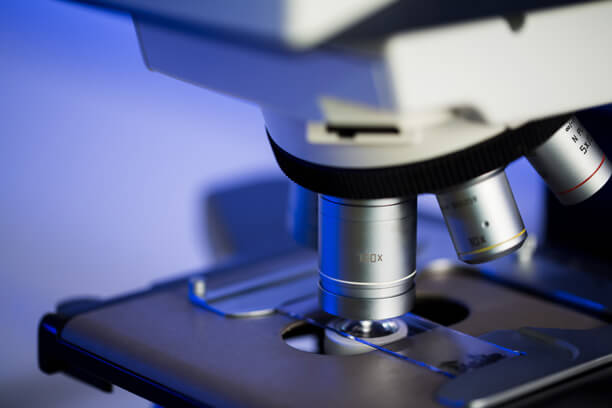
Mohs Micrographic Surgery
Mohs micrographic surgery is a precise skin sparing, surgical technique that is considered the most effective way for treating many skin cancers. The in-office procedure is done in stages, including the lab work, while the patient waits. This allows for the removal of all cancerous cells for the highest cure rate while sparing healthy tissue and leaving the smallest possible scar.
